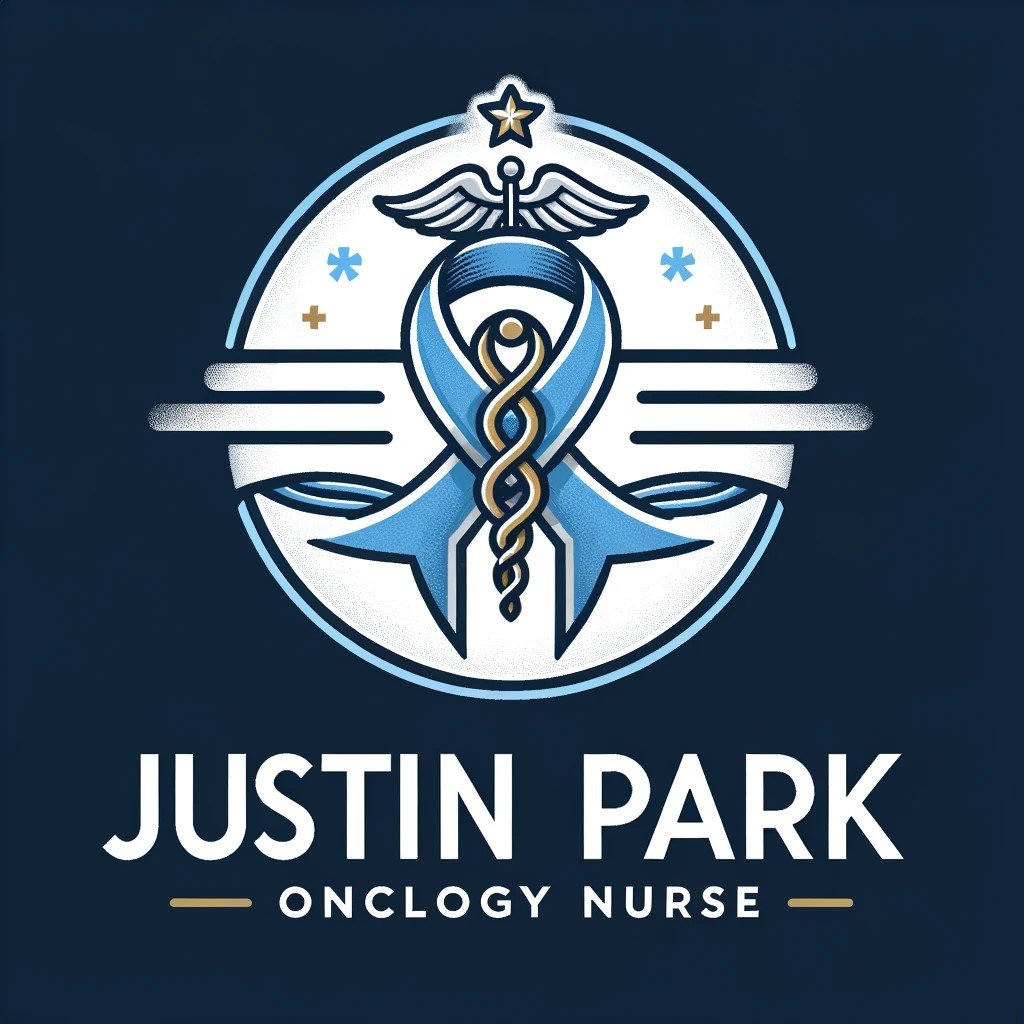NURS 421 Clinical Management of Children of the Family
Purpose of Assignment: Pediatric Nursing Rounds: To provide the student an opportunity to integrate knowledge from the sciences, developmental theory, and physical assessment data to the care of a pediatric patient and family in the acute care setting. The student will utilize critical thinking and independent judgments in presenting a holistic plan of care in a formal oral presentation.
Student Approach to Assignment: I first had to gather all the relevant information about the patient, including her past medical history, what led to her current condition, health status, and the care plan we had implemented. My goal was to be able to communicate with my colleagues a detailed analysis of her condition along with up-to-date, evidence-based practice that we could implement into her care plan. I wanted to ensure that at the end of my presentation, everyone thoroughly understood this patient and could care for a similar patient in the future.
Reason for Inclusion of the Assignment in the Portfolio: I include this grand rounds assignment to display my ability to conduct in-depth case analysis and effectively apply nursing interventions. This grand rounds presentation shows my ability to communicate complex medical information in a clear and professional manner to my colleagues. This assignment demonstrates my ability to integrate theoretical knowledge with practical application and a real-world healthcare setting. It serves as an example of my participation in interprofessional education and reinforces the role of the nurse as an important part of the healthcare team.
Outcome 5:
Maintains an awareness of global environmental factors that may influence the delivery of health care services.
In my presentation, I discussed the patient's migration from Venezuela to the United States To seek better treatment for her condition, underscoring the necessity of healthcare access that prompted the move and the challenges she faced in accessing healthcare upon arrival. The patient situation underscores the significant disparities in healthcare availability and quality between countries and even the ability to access healthcare within the United States. This shows how individuals and families may be compelled to move across borders to find appropriate medical services.
Outcome 10:
Demonstrates an awareness of cultural preferences and complementary modalities and their usefulness in promoting health.
In this presentation, I emphasized the cultural and language barriers faced by the patient and her mother. I had to ensure that communication was effective and respectful to their culture by involving a certified medical interpreter for the family. Promoting health by respecting the patient's cultural background and her family's linguistic needs was essential. Part of our communication was discussing the family's cultural preferences for treatment and ensuring those were incorporated appropriately into the patient's care plan. These preferences included ensuring the patient had access to a Catholic priest as requested to ensure medical treatment was in accordance with their religious requirements.
Outcome 27:
Evaluates research that focuses on the efficacy and effectiveness of nursing interventions.
I evaluated research on the effectiveness of nursing interventions implemented for treating nephrotic syndrome, such as the use of diuretics and albumin infusions. I discussed evidence supporting these treatments and their outcomes, providing a critical analysis of their efficiency. A significant concern with nephrotic syndrome patients is the increased risk for venous thromboembolism. Research indicates that anticoagulant therapy is ineffective in this patient population. Instead, nursing interventions should focus on compression therapy, such as compression stockings and sequential compression devices.
Outcome 28:
Communicates scholarly findings with colleagues.
In delivering this grand rounds presentations, I effectively communicated scholarly findings related to my patient's condition, diagnosis, and management plan to my colleagues and professor. I utilized a structured format with clear objectives and a detailed patient case analysis, demonstrating my ability to convey nursing concepts to others. This communication helped foster a collaborative environment with interdisciplinary team members that could contribute to the patient's care plan.
Outcome 31:
Articulates the values of the profession and the role of the nurse as member of the interdisciplinary health care team.
This complex patient required the nurse to be involved with multiple aspects of the patient's care team. I was responsible for ensuring the patient had a certified medical interpreter for all communications with the medical staff. I also addressed the patient's cultural requirements, which helped build trust and rapport with the patient and family. Furthermore, I was central to the execution of the patient's care plan by collaborating with nephrology, nutrition, and the pharmacy to tailor a holistic approach that considered the patient's condition and cultural requirements.
